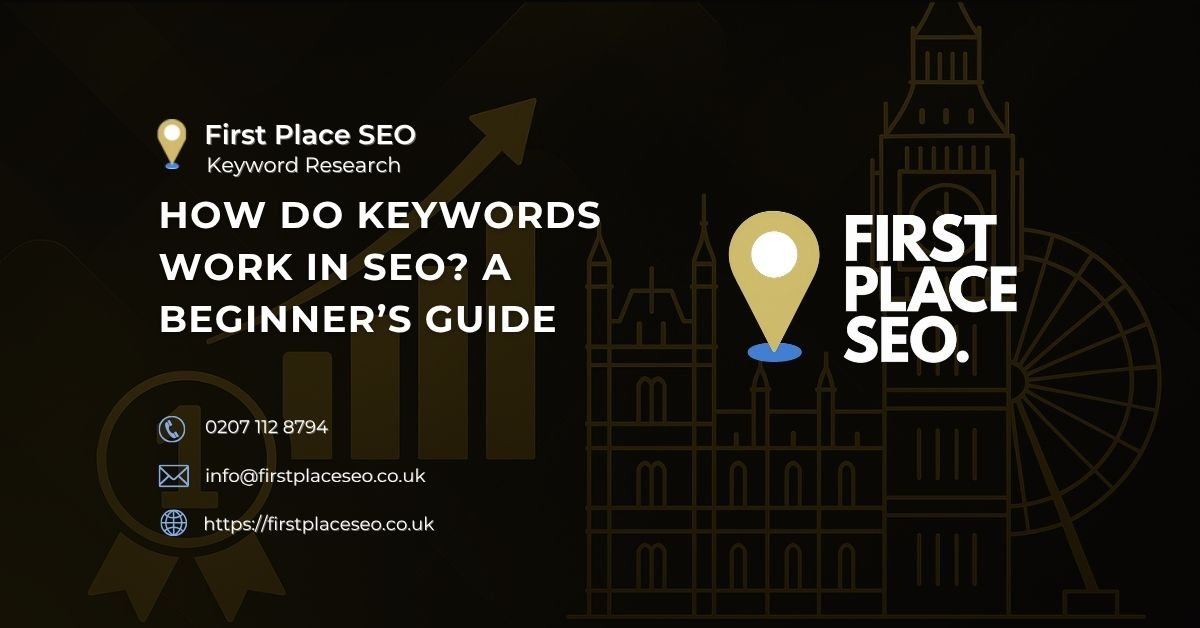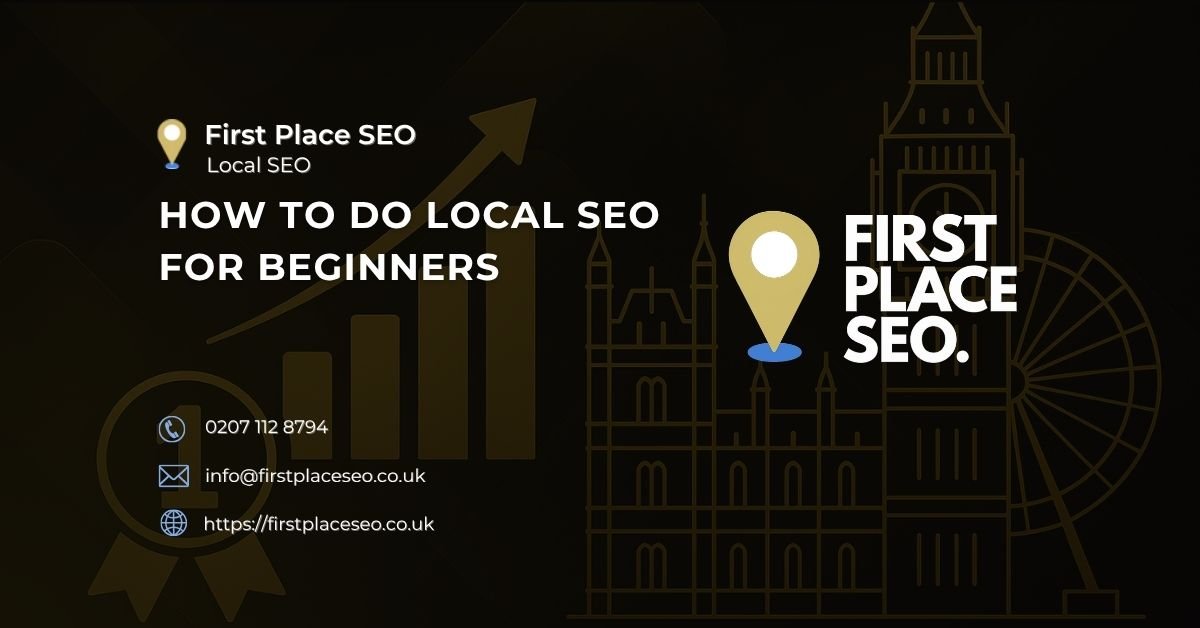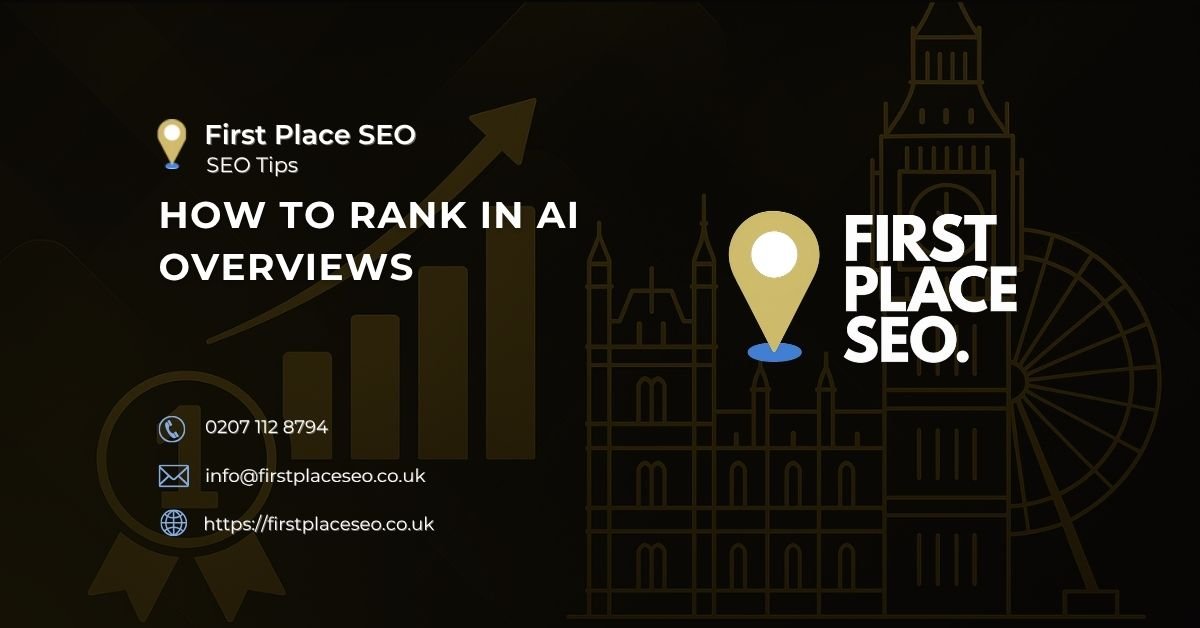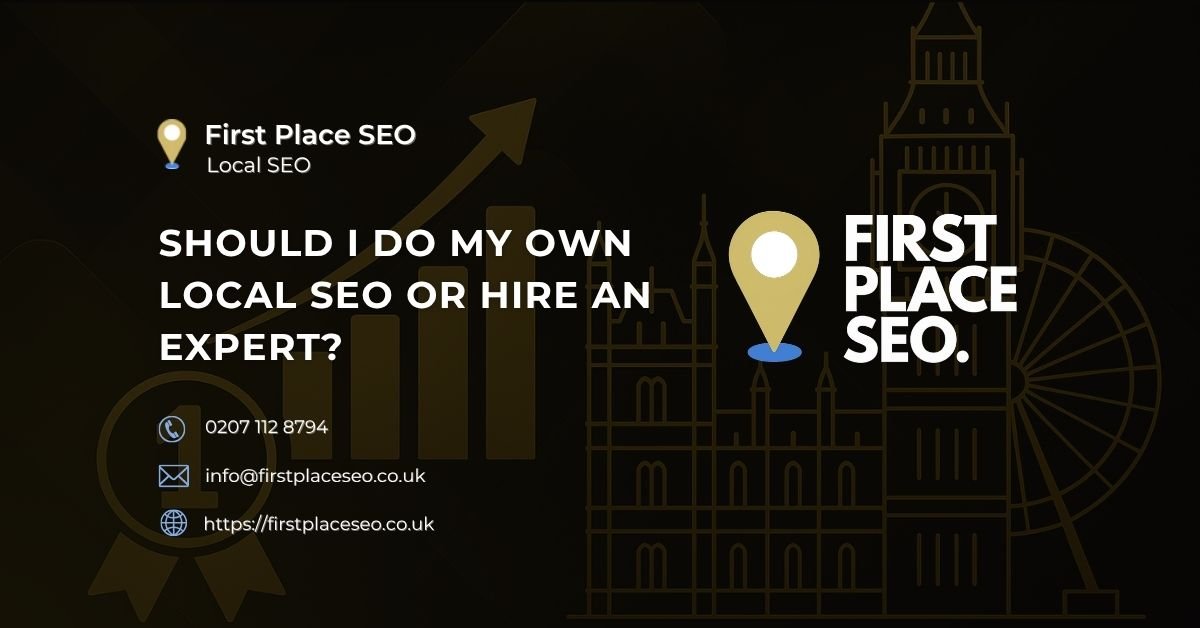What is the easiest way to start doing SEO if you’re not technical?
The most straightforward way to begin doing SEO without a technical background is by choosing a focused keyword, writing a helpful page around it, and publishing it with a clear structure. You can rank on search engines by creating relevant content and making small, intentional improvements over time.
You do not need coding experience to make progress. Whether you are a florist in Leeds, a freelance photographer in Bristol or a food blogger from Glasgow, SEO works best when your content answers real questions your audience is already asking. This guide lays out a four-step approach that will help you publish content Google can easily understand and rank.
Here's What We Have Covered In This Article
Step 1: Pick a Keyword That Speaks Your Language
Understand how people search in your niche
SEO begins with listening to how people talk about their problems or needs. Instead of formal marketing terms, they might search things like “how to grow herbs on a balcony” or “best trainers for standing all day UK.” Use Google Autocomplete to look for real phrases and try AnswerThePublic to uncover UK-specific questions your audience types into search. This reflects search intent and helps with natural language processing relevance.
Use keyword tools to find real questions
Free and paid keyword tools like AlsoAsked, Google Trends and ChatGPT can show you what people care about. They help you build a shortlist of long-tail keywords that match your topic. Related terms such as voice search queries, conversational keywords and topical clusters should also be considered for coverage. For example, if you write about budgeting, you might find that people are searching for “weekly meal plan for one on a budget UK.”
Long-tail keywords: be specific
Long-tail keywords are longer search phrases that reflect how people naturally type. These get fewer searches but usually bring in more motivated readers. A phrase like “best walking boots for wide feet UK” will face less competition and attract people who are ready to buy. Related semantic terms here include product comparison, buyer intent, and niche product reviews.
Use what makes you different
Think about your profession, your location or your audience’s unique needs. A baker in Edinburgh might want to write content for people searching “eggless cake recipe UK” or “best cake shop near Haymarket.” Focus on specific needs and let your identity shape your keyword choices. These specifics also contribute to better entity recognition in search.
Real example:
“I started with ‘best DIY desk for small apartments’ instead of just ‘desk’. Within a week, my post was ranking on the first page.”
Matching your content to real-life searches helps you stand out faster. Make sure to internally link to related articles, such as your post on [how to do keyword research without paid tools].
Pro Tip : If you’re using WordPress, install Rank Math or Yoast to optimise titles, descriptions and internal linking with built-in prompts.
Don’t Just Rank....Connect
We help UK brands create content that gets clicks and keeps visitors coming back.
Step 2: Optimise the Page to Show Relevance
Place your keyword in the right spots
Put your chosen keyword in the page title, URL, the main heading and near the top of your content. Use it naturally throughout the page. Related terms like title tag, meta description, structured data and heading structure are part of on-page SEO best practice.
Use a clear structure and layout
Readers scan before they decide to read. Use headings to break things up and keep paragraphs short. Include bullet points where it helps with clarity. A clear structure improves accessibility and helps Google understand your content. Semantic HTML and good internal linking are both important for crawlability and clarity.
Include helpful questions and answers
Google highlights answers to common questions in featured snippets. Including a short FAQ section improves your chances of being selected.
What is SEO in simple terms? SEO helps search engines understand your site so it can appear in results when people look for something you offer.
How can someone start SEO with no background? Pick one useful keyword, write a focused post around it, and submit it to Google through Search Console.
What are the common mistakes? People often forget to structure content properly, repeat keywords unnaturally, or ignore internal linking.
Helpful writing tools
Use Hemingway Editor for clarity, and SEO Minion for checking technical elements like heading hierarchy and alt text. Add structured data with schema generators if your CMS supports it.
Add descriptive URLs and breadcrumb logic
Keep URLs clean and meaningful. Use terms like /blog/seo-keyword-guide instead of vague paths. These support breadcrumb trails and are easier to interpret for both search engines and users.
Step 3: Add Links to Build Context and Trust
Why internal links matter for SEO
Link between your own pages to help Google understand your site structure. For example, if you are writing about keyword planning, link to [this internal post about writing SEO-friendly titles]. Internal links boost session time and give Google extra context.
Use external links to show authority
Point to trusted sources like GOV.UK, NHS, or reputable industry blogs when citing facts or stats. This helps demonstrate topical authority and builds trust with readers.
Write natural anchor text
Use context-specific phrases instead of generic prompts. For example, “explore how to write effective meta descriptions” flows naturally in a sentence.
Backlinks are helpful, but not essential at the start
Beginner sites do not need to worry about high-authority backlinks right away. Focus on content quality, clear structure, and relevant links to build a foundation for organic rankings.
Pro Tip: Update your top performing pages every 60 to 90 days. Google loves fresh, relevant content—and it often improves your rankings without needing to write something new.
Step 4: How do you submit content to Google and improve your SEO?
Submit your page using Google Search Console
Use the URL Inspection Tool to ask Google to index your page. This ensures your site is being crawled. You can also check for errors in structured data, mobile usability and indexing.
Track performance through query data
The Performance tab shows which queries are bringing traffic, where you are ranking and which content performs best. Use this insight to plan new posts and revise old ones.
Update and refine content based on results
Use Search Console data to improve poorly performing posts. Rework headings, improve load speed, update outdated references and include missing keywords. This helps boost page freshness and matches evolving user queries.
Try short tests with long-tail keywords
Write one new article targeting a specific phrase. Submit it and check results over a few weeks. Adjust the content if impressions or clicks stay low. This test-and-learn process is simple and builds long-term SEO intuition.
Bonus: Quick SEO Toolkit for Beginners
Google Search Console
Submit pages, check indexing issues and monitor how your content ranks.
AnswerThePublic
Find UK-based questions people are searching for, grouped by theme. Good for FAQ ideas and subtopic discovery.
ChatGPT
Generate content outlines, FAQs and idea variations quickly to support your planning.
Hemingway Editor
Improve sentence flow, remove fluff and make your writing easier to read.
SEO Minion
Check headings, alt text, canonical tags and broken links all in one place.
Use Google’s URL inspection and Mobile-Friendly Test
Make sure your pages are crawlable and look right on mobile. Both impact indexing and user signals.
Not Showing on Google Maps?
We fix missing or incorrect listings so customers can find you fast.
Why does consistency matter in SEO?
Keep publishing even when growth feels slow
SEO takes time. New content helps Google understand your niche. Regular updates signal that your site is active and worth revisiting.
Treat every post as a new chance to rank
Each blog or article is an opportunity to rank for different phrases. Over time, they create a strong network of pages that support one another.
Improve, don’t wait for perfection
Publish, monitor and refine. This approach leads to steady growth and avoids overthinking. SEO rewards progress and quality—not perfection.
With a few structured steps, you can build a reliable presence online. Stay consistent, update regularly and keep your audience in mind as you grow your site from the ground up.














